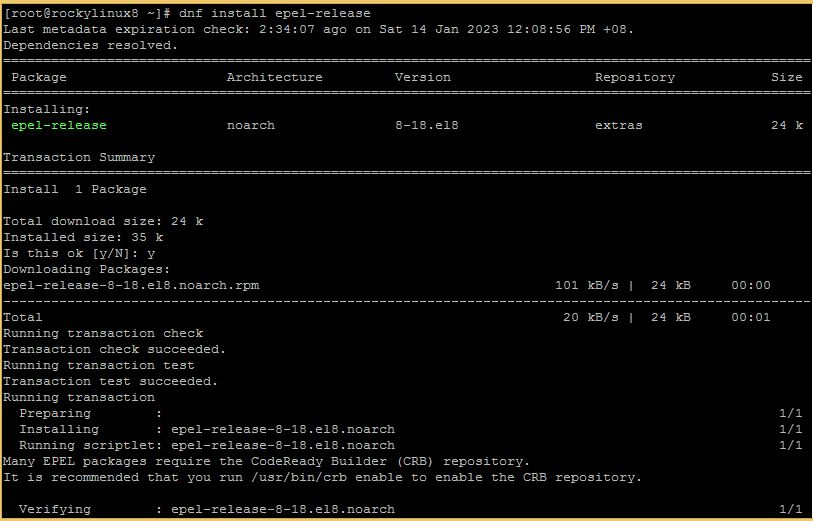What is the EPEL Repository and What are its Benefits?
The EPEL (Extra Packages for Enterprise Linux) repository is a repository of software packages that are designed to supplement the Fedora and Red Hat Enterprise Linux distributions.
It allows users to access and install software packages that are not available in the official repositories.
The EPEL repository provides users with an easy way to install additional software packages that are not included in the official repositories.
This helps users save time by avoiding manual installation of the packages they require. Moreover, it also ensures that all software packages are up-to-date and secure since they are tested before being added to the repository.
It provides users with access to thousands of packages that can be used to improve their system’s performance, stability, and security. The EPEL repository also provides a reliable source for installing and updating packages on these systems.
Step-by-Step Guide on How to Add the EPEL Repository to Your Linux Server
If you are using a Linux server, you may want to add the EPEL repository to your system. The EPEL repository is an additional package repository that contains a variety of useful software packages. This step-by-step guide will show you how to add the EPEL repository to your Linux server and enable it in CentOS 8, CentOS 7 and other distributions.
1) Install “yum-plugin-priorities” Plugin into your linux server
# yum install yum-plugin-priorities -y
2. Install EPEL repository by running the following command :
# yum install epel-release -y
or
# dnf install epel-release -y

3. List the number of packages in a repository using dnf repolist :
# dnf repolist

Security Considerations When Adding and Using the EPEL Repository
When using third-party repositories such as EPEL, it is important to consider the security implications. As with any software installation, there is a risk of malicious code being included in the package or repository. To ensure secure package management with yum and repos such as EPEL, it is important to take a few steps to protect yourself. This includes verifying the integrity of packages before installation, ensuring that all packages are signed by the original author, and only installing packages from trusted sources. By following these steps, you can ensure that your system remains secure when adding and using the EPEL repository.
Conclusion:
Installing and using EPEL repository can be a great way to gain access to additional software packages for your Linux system. With its vast library of packages, EPEL can offer a wide range of benefits for those looking for the latest and greatest applications. However, it is important to remember that installing Epel requires extra caution when dealing with security issues. This is due to the potential risks associated with using untested or unverified software packages.